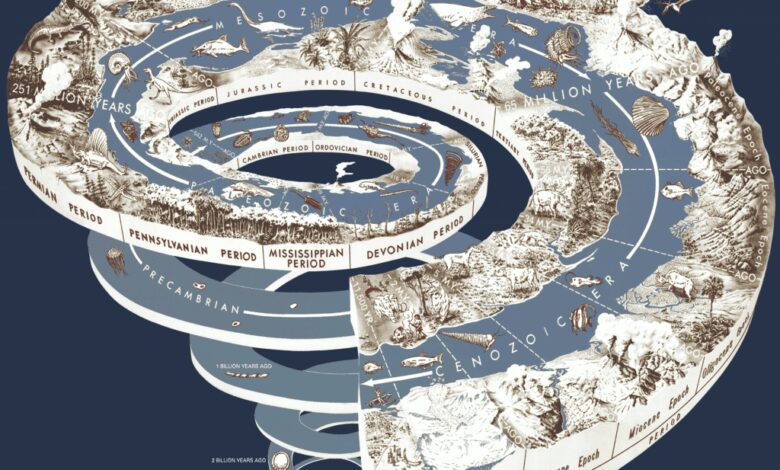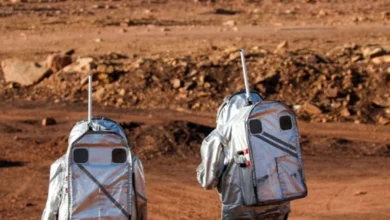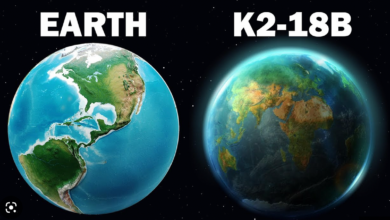Earth’s Age Revealed: Unraveling the 4.54 billion-year mystery
From radiometric dating to stardust discoveries, scientists navigate the geological puzzle of our planet's ancient past

Determining the age of our home planet, Earth, has been a fascinating journey for scientists. They’ve used various methods over the last 400 years, adapting with technological progress. One early approach involved looking at sea levels, the cooling of Earth and the sun, and ocean salinity. However, these methods turned out to be unreliable as our scientific understanding advanced.
As technology improved, scientists turned to the rocks in Earth’s dynamic crust and those on nearby celestial bodies, like the moon and meteorites. After years of research, they’ve converged on an estimate: Earth is about 4.54 billion years old, with an error margin of 50 million years. But it’s not an easy task due to the ever-changing nature of Earth’s crust, shaped by plate tectonics. The first rocks covering the planet have been recycled, melted, and reformed, making dating a complex puzzle.

One challenge scientists face is the Great Unconformity, where sedimentary rock layers seem to be missing, seen notably in the Grand Canyon. A 2019 study suggested a global ice age causing rock disintegration, with plate tectonics then incorporating the crushed rock back into the Earth’s interior.
Radiometric dating became a crucial tool in the early 20th century. It relies on the predictable decay of isotopes of radioactive elements, allowing scientists to calculate initial quantities and determine the time it took for the elements to decay. The Acasta Gneiss in Canada, at 4.03 billion years old, holds the title for the oldest rock on Earth. However, rocks older than 3.5 billion years exist on every continent, with the Isua supracrustal rocks in Greenland dating back 3.7 to 3.8 billion years.
Australia houses the oldest mineral grains discovered, zirconium silicate crystals with ages reaching 4.3 billion years. These findings set a lower limit for Earth’s age since the planet must be older than the materials found on its surface. Remarkably, scientists have even discovered 7-billion-year-old stardust on Earth, adding an extra layer of complexity to our understanding.
While Earth’s age is relatively well-established, the origin of life on our planet remains a topic of ongoing debate. Fossil evidence in Western Australia suggests 3.4-billion-year-old filaments, potentially early signs of life. Other studies propose even earlier life forms, with hematite tubes in Quebec dating between 3.77 and 4.29 billion years ago. Cone-like structures in rocks in southwestern Greenland also hint at microbial colonies from 3.7 billion years ago. The quest to understand Earth’s history continues, unlocking not only the planet’s age but also the mysteries of its earliest life forms.
You might also be interested in-Human farts threaten Earth’s habitability within 200 years: Study



